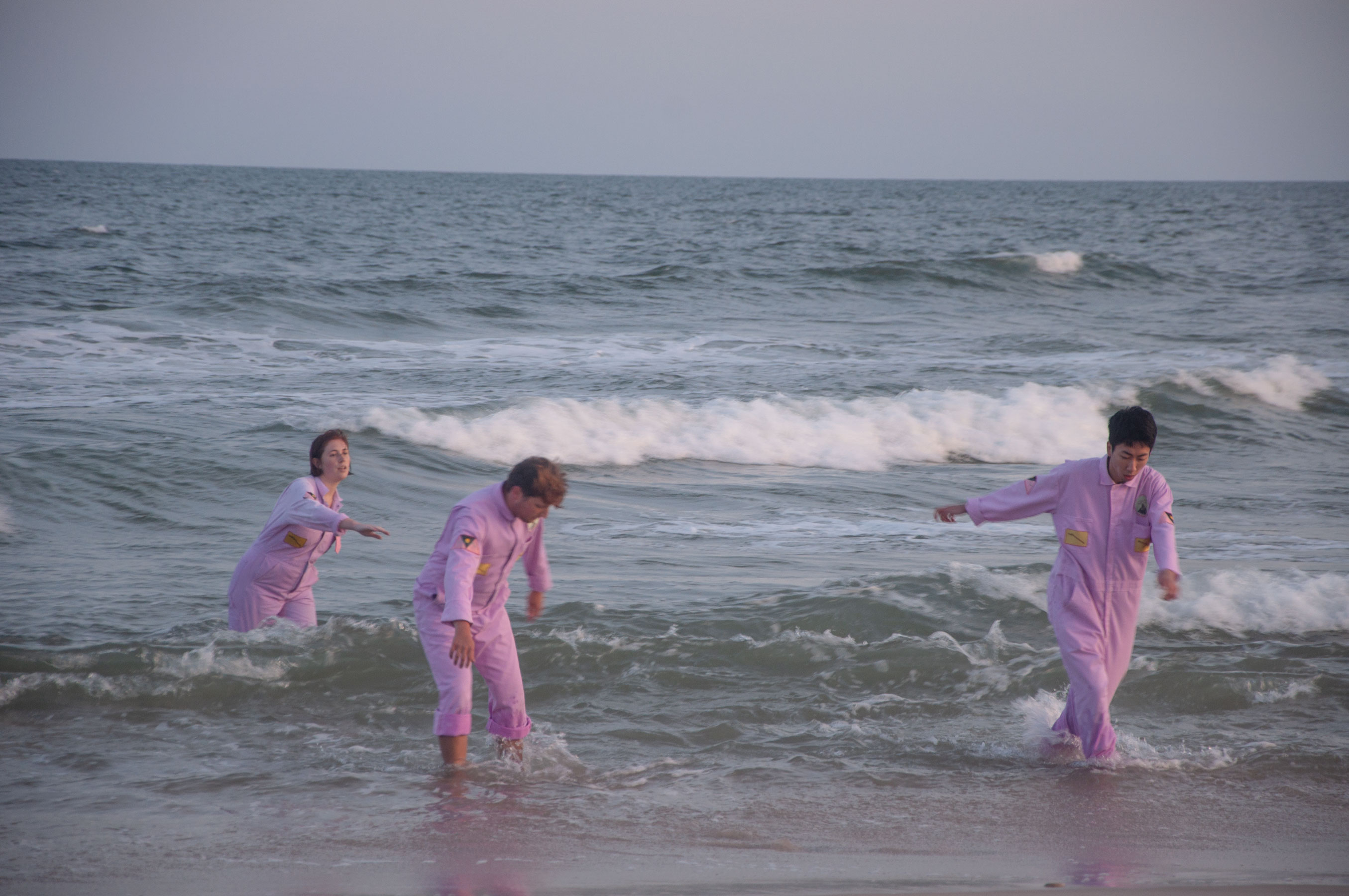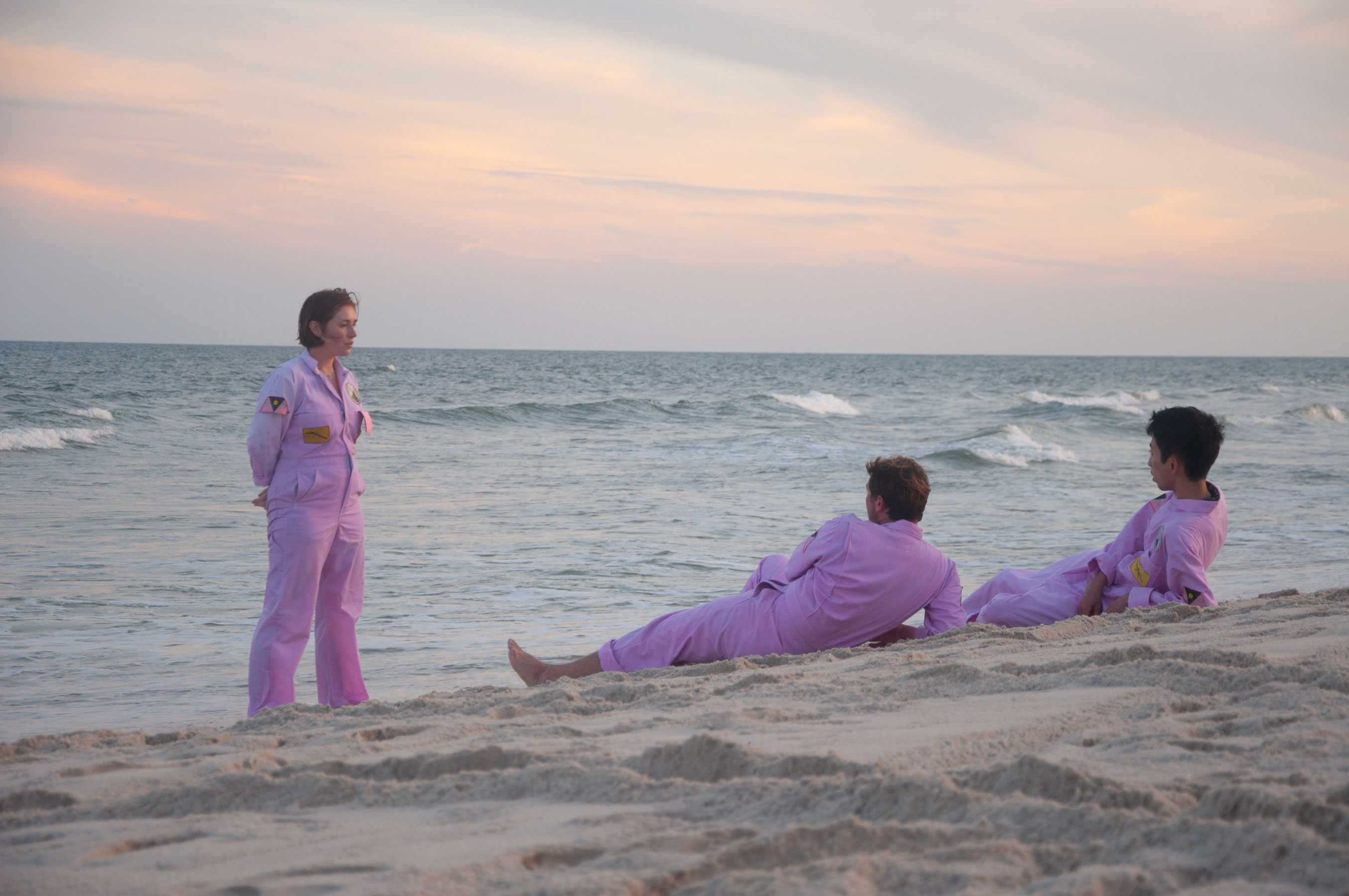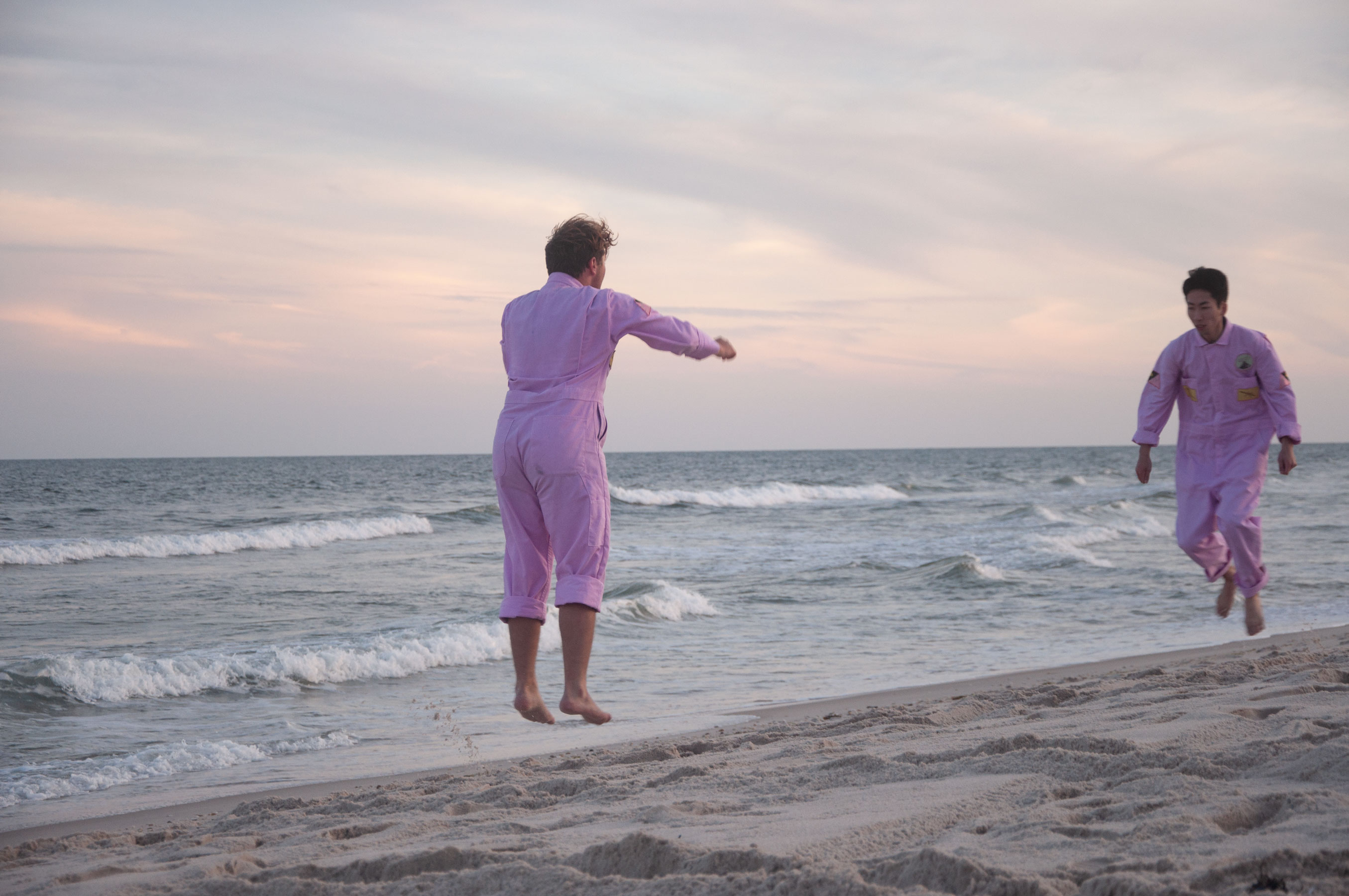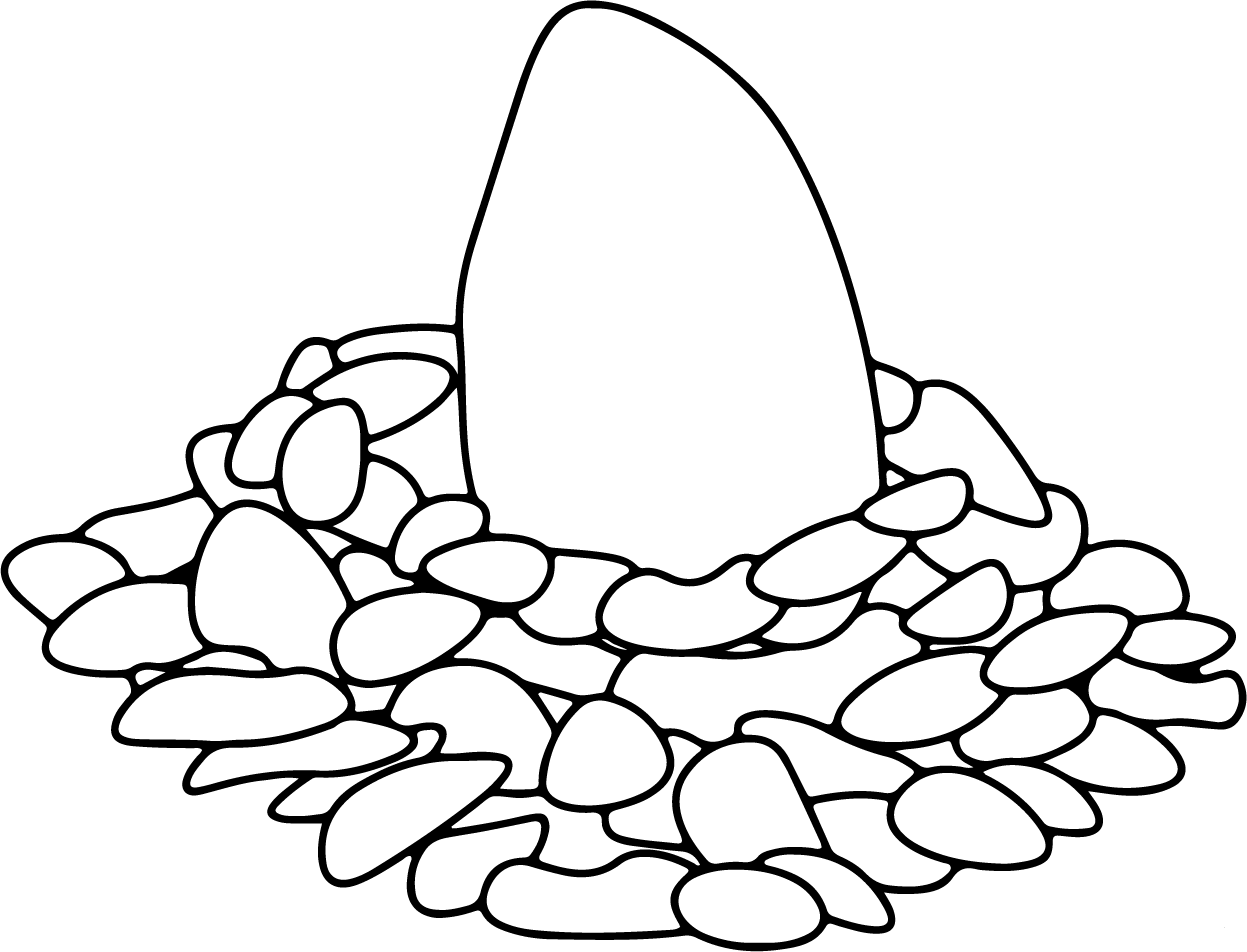From May 24th - June 9th 2019, The Institute of Queer Ecology worked collaboratively as an artist in residence for BOFFO’s Fire Island Residency.









For this project, we’re excited to bring together artists, writers, biologists, dancers, birders, curators, and poets
Molly Adams, Nicolas Baird, Trevor Bashaw, Evander Batson, Parker Bright, Andres Chang, Allyson Church, Francisco Cordero, Tiger Dingsun, Luba Drozd, Charlie Ehrenfried, Casey Halter, Tristan Higgenbotham, Wilson Keithline, Deirdre Keough, David Kim, Aidan Alexis Koch, Shannon Lee, Jolie Ngo, Lee Pivnik, Jake Sillen, and Yannik Stevens.
The Institute of Queer Ecology initially proposed producing a Sand Poem as a form of empathic research display, following our 2-week experiment in drafting a queer theory of Island Biogeography. E.O. Wilson, famed Sociobiologist and Ecologist, published the “Theory on Island Biogeography” in 1967, asserting how multispecies communities reach a state of balance. The book became a seminal work of early ecology and still influences how people think about the balance of nature, harmony and equilibrium today. Influenced by the residency’s particular position on an island that’s two defining features are it’s historic queer community and it’s designation as a national seashore and subsequent wildlife preserve, IQECO seeked to map a comprehensive ecology of these human and nonhuman communities and display our research in the sand. The temporality of sand is especially salient to think with on an island faced with precarity. 3 feet above sea level, Fire Island was breached in multiple sections during Hurricane Sandy, and one of those rifts has permanently altered the island’s geography. A similar rift is affecting queer relations across the community, as dating apps replace cruising, and the cold glow of screens erase an intimate social choreography that evolved endemically on this island.
We focused our research on various forms of choreography, leading two nature walks before performing back our observations of how species on Fire Island orient themselves and come into contact with eachother. Expanded displays of our collaborative research will be available in a forthcoming publication.
Horseshoe Crab Orgy
Saturday night, June 1, 10:00pm - 1:00am509 Fishermans Path, Fire Island Pines
One of three public programs offered by the Institute of Queer Ecology during the BOFFO Fire Island Residency was a nature walk to observe the ritual of reproduction enacted by hoards of Horseshoe Crabs in the bay. Choreographed by the moon, these prehistoric creatures copulate on the beaches when the tides are at their highest. Research and observations from this event went on to inform our final presentation, Form Follows Foreplay (below).
Fire Island Feminist Bird Club Walk
Saturday morning, June 8, 9:00am - 12:00pm509 Fishermans Path, Fire Island Pines (RSVP required, limited capacity)

Molly Adams founded the Feminist Bird Club in October 2016 and has since organized monthly bird walks in and around NYC. Since its inception, the Feminist Bird Club has expanded to include eight chapters, each with the shared goal of providing inclusive opportunities to explore the natural world safely and fundraise to support intersectional womxn’s rights issues. On Saturday morning, Molly lead a bird walk to Talisman Beach, starting with coffee and light breakfast at the BOFFO Residency. We spotted 36 local species, and one escaped Cockatiel.
Molly Adams holds a BA from Pratt Institute and a MA from Stony Brook University in Marine Conservation and Policy. In addition to founding the Feminist Bird Club she is a birder, avid conservationist, and Advocacy and Outreach Manager at New York City Audubon.
Form Follows Foreplay
Saturday evening, June 8, 7:30pmOcean-side Beach at Fishermans Path, Fire Island Pines
As the sun set on the last night of our residency, the Institute of Queer Ecology translated the mating rituals of five species found on Fire Island, including a horseshoe crab orgy and a bluejay throuple. These translations, taking the form of mark-making in the sand, were performed in five movement phrases on the beach and accompanied by a live score of music with field recordings responding to the island's natural and social ecologies—tidal shifts and pop cultures mixing with animal tracks and seduction rituals.
The title, Form Follows Foreplay, is taken from Christopher Bascom Rawlins’ book, Fire Island Modernist: Horace Gifford and the Architecture of Seduction. During our research, the Institute of Queer Ecology speculated that the island’s architecture has a direct relationship to various choreographies and mating rituals playing out daily on site.
